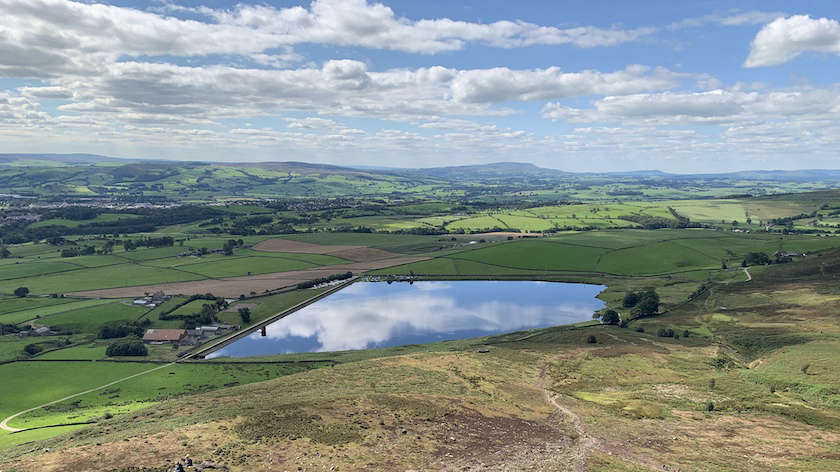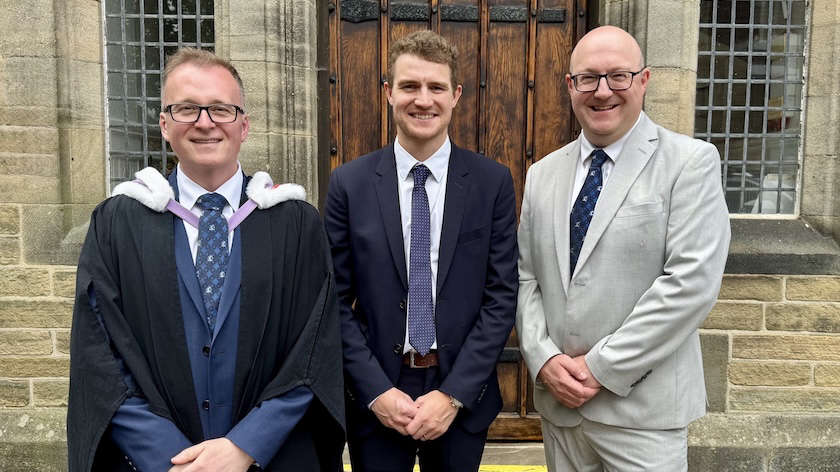
The first steps to replace the country’s leakiest hospital, much of which is constructed with RAAC concrete, are being taken.
Airedale Hospital in Steeton is in serious need of replacement, as 83 per cent of the hospital’s estate contains the problematic building material.
A re-build of the facility is included in the Government’s New Hospital Programme, and if it progresses as planned the new Airedale Hospital could be completed by 2030.
Now Airedale NHS Foundation Trust has provided details of the first stages of the work to Bradford Council.
The “enabling work” will involve the creation of a new multi storey car park, new access road from Skipton Road for work vehicles, and creation of a new substation/energy centre.
This will prepare the site for the much wider works that will eventually involve the construction of a new, larger hospital and the demolition of the existing building.
The Trust has submitted an Environmental Impact Assessment Scoping Opinion to the Council – essentially a document that sets out the planned works and asks what reports and surveys need to be undertaken before a full planning application is submitted.
Much of the work detailed in the document is required due to the phased nature of the work – the hospital will need to remain open and running day to day business while a new facility is being built on the same site.
Concerns over the state of the hospital have been raised many times over recent years – and the report underlines why a new hospital building is needed.
It says:
“Despite the recent construction of new modular buildings at Airedale Hospital, approximately 83 per cent of the hospital estate remains as RAAC Construction, which represents both the oldest RAAC hospital and the largest flat roof area in the NHS.
“Located in a geographical area of high rainfall, the substantial extent of RAAC, age and poor condition of roofing has resulted in the hospital experiencing more roof leaks than any UK hospital, presenting the NHS with major operational and financial challenges.”
Referring to the car park, which is expected to be around five storeys high, it said:
“The new car park will improve parking facilities for patients, visitors and staff and, vitally, ensure there is space for people to park while the new hospital is being built.”
Referring to the planned new build hospital, the document says:
“Based on the current proposals, the new hospital would be based on the North West of the existing estate and would provide a 20 per cent uplift on bedspace when compared to the existing 324 bedspaces.”



 Yorkshire Dales Food and Drink Festival cancelled
Yorkshire Dales Food and Drink Festival cancelled
 Leeds Bradford Airport ranked in UK's top 10
Leeds Bradford Airport ranked in UK's top 10
 Silsden Proms set for great night of music and fundraising this month
Silsden Proms set for great night of music and fundraising this month
 Yorkshire's reservoir levels drop further after heatwave
Yorkshire's reservoir levels drop further after heatwave
 Cycling champion Scott Thwaites inspires next generation at Ermysted’s prize-giving
Cycling champion Scott Thwaites inspires next generation at Ermysted’s prize-giving
 Building society takes part in Silsden’s Green Weekend
Building society takes part in Silsden’s Green Weekend
 From drivers to cafe & shop staff, volunteer for the Embsay & Bolton Abbey Steam Railway
From drivers to cafe & shop staff, volunteer for the Embsay & Bolton Abbey Steam Railway
 North Yorkshire Police refreshes neighbourhood policing cohort
North Yorkshire Police refreshes neighbourhood policing cohort
 Ofsted praise North Yorkshire Council's adult education services
Ofsted praise North Yorkshire Council's adult education services
 Bradford district walks to start in both Ilkley and Addingham
Bradford district walks to start in both Ilkley and Addingham
 Addingham Garden Association raises over £9,000 for local charity
Addingham Garden Association raises over £9,000 for local charity
 Success for Skipton's first Repair Café
Success for Skipton's first Repair Café
 Award-winning apprentice encourages others to join care sector
Award-winning apprentice encourages others to join care sector
 Huge music acts to headline Yorkshire Dales Food & Drink Festival
Huge music acts to headline Yorkshire Dales Food & Drink Festival
 Hundreds in Yorkshire to benefit from life-saving abdomen scans
Hundreds in Yorkshire to benefit from life-saving abdomen scans
 Skipton church sing-athon raises £1,700 for charity
Skipton church sing-athon raises £1,700 for charity
 Yorkshire Air Ambulance gets go-ahead for new base
Yorkshire Air Ambulance gets go-ahead for new base
 Police appeal after indecent exposure incident at Bolton Abbey
Police appeal after indecent exposure incident at Bolton Abbey
 Silsden receives new community defibrillator
Silsden receives new community defibrillator
 Skipton welcomes new £1m community sports hub
Skipton welcomes new £1m community sports hub




